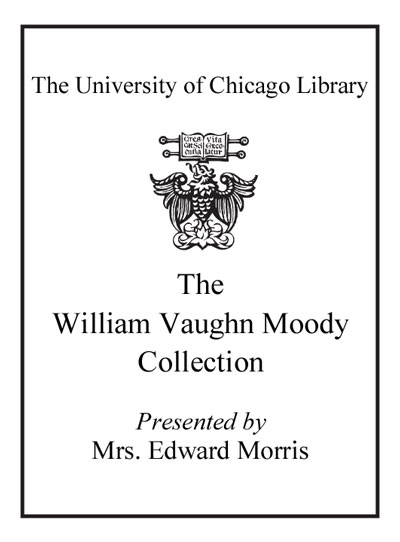Review by Choice Review
This study of late-19th-century representations of ethnic tenement dwellers places the photographs and text of Jacob Riis's How the Other Half Lives (1890) and Stephen Crane's stories in the context of charity writing and slum fiction of the period. Gandal (Mount Saint Mary's College) shows how the work of Riis and Crane challenged traditional "Protestant morality" and ethical standards. He locates in their books a shift on the presentation of slum life from an object of moral reform to an aesthetic spectacle. Gandal argues that, along with the cults of war and the West, the slums became a locus for "experience" to middle-class Americans who perceived themselves as becoming effeminate and decadent. He has suggestive things to say about the misogyny and psychological model of character that emerged from this tension. Finally, he traces the impact of Riis's and Crane's ideas on later Beat and bohemian writers, as well as on contemporary forms (such as rap music) that portray slum culture as an alternative to middle-class values. An excellent book that should be welcomed by anyone interested in modern American thought. Undergraduates; graduates; researchers; faculty. T. P. Riggio University of Connecticut
Copyright American Library Association, used with permission.
Review by Choice Review

